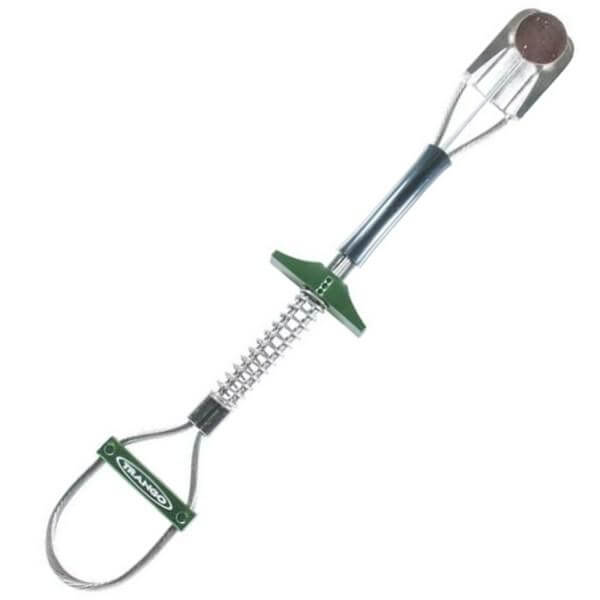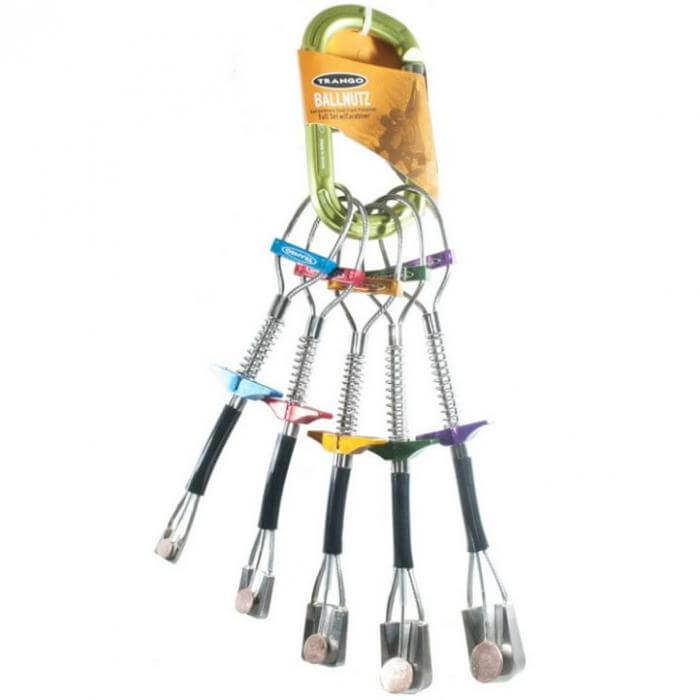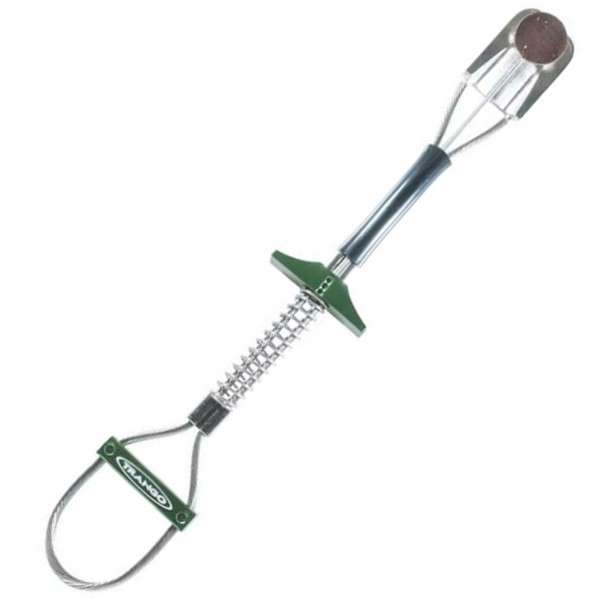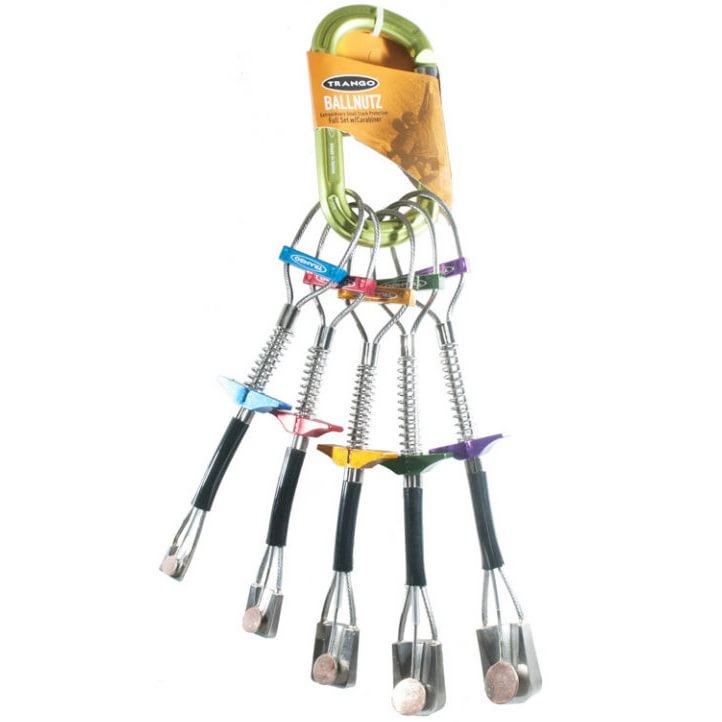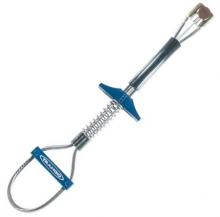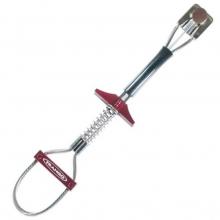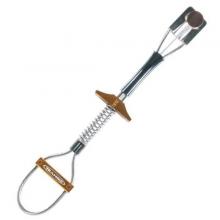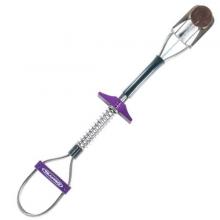How to use Ballnutz, maintain, lifespan and inspection with instructional pictures.
BallNutz 4
Description
BallNutz are thin crack protection at its finest. Using a sliding ball-and-ramp, BallNutz protect small parallel-sided cracks better than any other piece of protection available and they fit where the only other option for pro would be pounding a pin.
• Smallest active pro in the world
• For aid and trad climbing
• Color coded for quick identification
• Strength: 7-8 kN
• Weight: 29-71 g
Retail price
When you click a link below and then checkout online, no matter what you buy (climbing gear or not), we get a small commission that helps us keep this site up-to-date. Thanks!
Weight (g / oz)  Weight (g / oz)In grams and ounces, the weight, as stated by the manufacturer/brand. | 58 g / 2.05 oz |
Size  SizeThe size according to the manufacturer/brand. |
3 |
Strength (kN)  Strength (kN)In kilonewtons, the strength as stated by the manufacturer/brand. |
8 kN |
Color  ColorThe main or identifying color of the device. |
Green |
Range (in / mm)  Range (in / mm)In inches and millimeters, the maximum range as stated by the manufacturer/brand. | 0.35 in - 0.51 in 8.00 mm - 14.00 mm |
No reviews yet.
Admittedly, BallNutz are not the most practical piece of pro. That said, they are extremely useful in certain situations where other pro might leave you hanging, or not as the case may be.
These five sizes are all desirable to carry on the rack when faced with less than straightforward pro and at 8kn strength, the sizes #2 and up have some real holding power when placed well. And that truly is the secret; to place these camming nuts and all of our removable pro into the most solid position each time. It is key that these are placed in the correct sized crack, that it is composed of solid rock, and that the unit is in the best configuration possible to maximize its holding strength. Only once you have somewhat mastered this elusive art of perfect placements should these key pieces be added to the rack. And when you're ready for them, you'll be psyched.
The least useful BallNutz sizes were the largest, which could be bested by cams in nearly every situation, and the placement of smaller sizes needs pretty specific circumstances. I can't currently justify keeping them on my rack, even while aid climbing. Offset cams, nuts and hooks have worked perfectly fine for nearly every route I have climbed. And despite their superior strength, I am still searching for the opportunity for when I actually need my set of BallNutz.
Pros: Stronger than similar cam sizes; replace the use of knifeblade and lost arrow pitons.
Cons: Copper-coated ball so soft it deforms easily; repeated use of aid damages wires and decreases functionality; higher probability of protection failure when placed in soft rock; hard to clean.
This short and simple video shows all the features of BallNutz
The UIAA equipment standard provides a baseline for equipment performance in a test lab under controlled conditions on new equipment. Although these test conditions are relevant to the conditions encountered climbing, conditions encountered at the crags and the condition of the equipment are equally important. This recommendation from the UIAA member federation The British Mountaineering Council (BMC) provides vital equipment information that is NOT explicitly addressed in the standard, particularly failure modes of the equipment and recommendations for the use, inspection, maintenance, and retirement of equipment.
A pictoral representation of the UIAA-125 and EN-12276 standards for frictional anchors (which includes SLCD's [cams] and Ballnuts).

